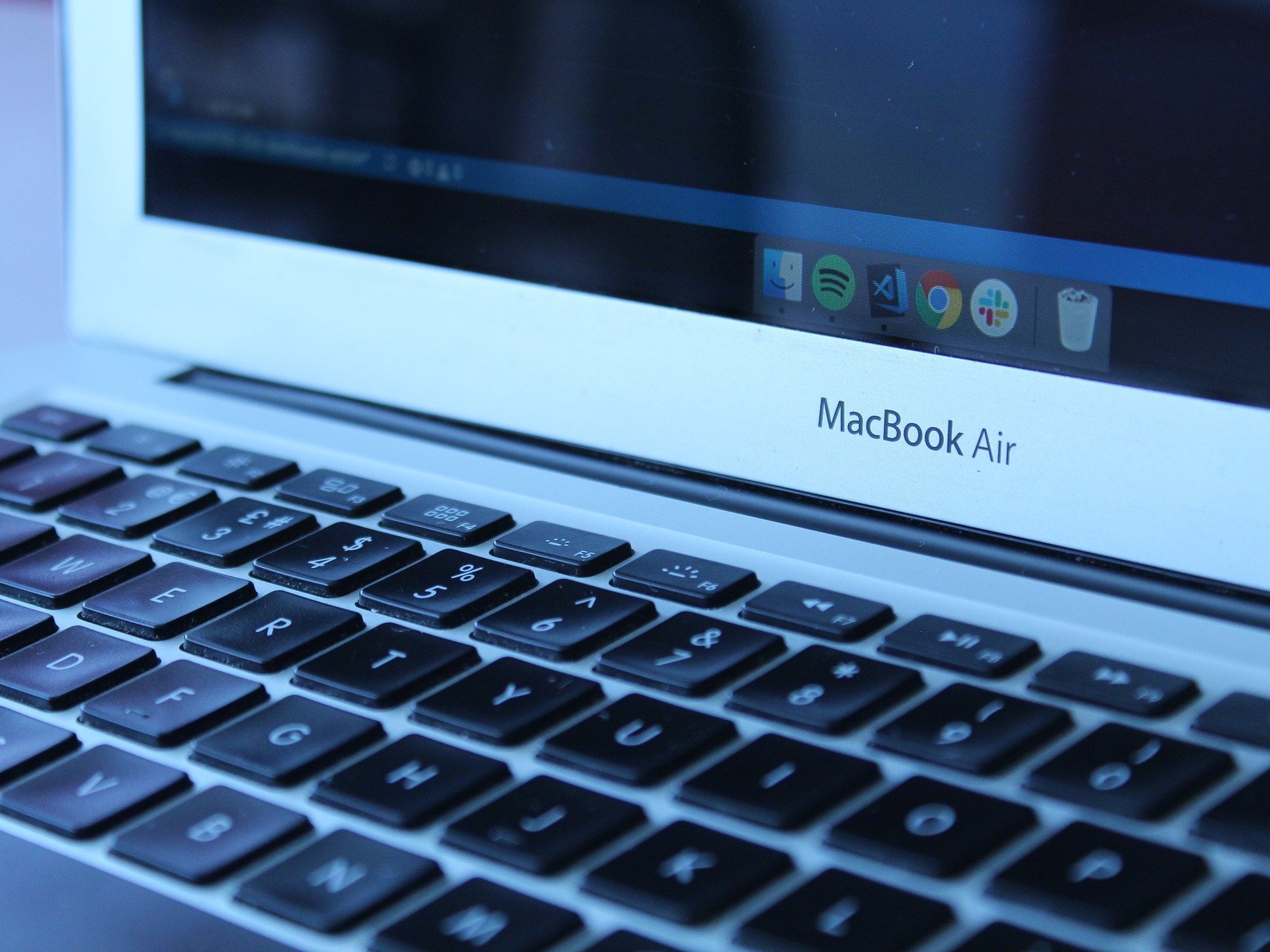
As Mac continues to grow in popularity around the world, you need to to deploy, connect, inventory and secure this influx of devices. Sure, there are many Mac management solutions to choose from. But most lack the functionality for full lifecycle management, connection and state-of-the-art security. First published on TECHNET on Jan 13, 2016 System Center 2012 Configuration Manager SP2, System Center 2012 R2 Configuration Manager SP1, and the current branch of System Center Configuration Manager (version 1511) now support Mac OS X 10.11 (El Capitan). Mac OS X 10.11 (El Capitan) support requir.
Deploy in three steps: macOS image capture, image delivery to an SCCM distribution point and task sequencing to Mac computers.
Software Deployment
Natively support the Application Management feature of SCCM and deploy applications directly to Mac computers. Streamline the deployment and inventory of App Store applications with support for Apple Volume Purchase Program (VPP).
Enforce compliance via SCCM configuration items and baselines on the on-premises Mac computers and Apple mobile devices, as well as devices not on the corporate network. Evaluate compliance via native SCCM reporting.
FileVault 2 Encryption
Institutional Key Type — An institutional recovery key is created in advance by the system administrator and then used for all Mac computers being encrypted. If a Mac user forgets his or her personal password for unlocking the disk, this recovery key can be used to unlock it.
Personal Key Type — A personal recovery key is created automatically for each individual Mac during the encryption procedure and is saved in the database on the primary SCCM site. If a Mac user forgets the password for unlocking the disk, the personal recovery key for the disk can be retrieved from the database and used to unlock the disk.
Deploy macOS updates to Mac computers using SCCM and Windows Server Update Services (WSUS) synchronization. Using this functionality, you can import Apple software updates into SCCM and then deploy them to managed Mac devices.
Configuration Manager Admin Console
The Mac-specific graphical user interface (GUI) elements are integrated into the Configuration Manager console, allowing you to accomplish Mac-management tasks.
This information is collected from enrolled Mac, iPhone and iPad devices on a schedule and is saved in the Configuration Manager database. If needed, you can also perform a manual (unscheduled) inventory update from the Configuration Manager console or directly from a managed device.
Device Collection
Manage resources by combining them into logical groups based on certain criteria, including the macOS, iOS and iPadOS collections and the unknown collection used for macOS deployment.
Mac user logon details are reported by the Parallels Mac Client to SCCM and are saved in hardware inventory. The logon information is reported using the standard nodes in the hardware inventory tree.
Software Metering
Use the Software Metering Usage Report Cycle to determine actively used software and evaluate software license needs on Mac computers.
Unified Endpoint Management of Windows, Mac, iPhone and iPad in Microsoft SCCM
Enroll and manage Mac endpoints the same way you manage Windows PCs. With added support for managing Apple mobile devices, you need no other solutions or infrastructure to manage all these devices in Microsoft Endpoint Manager.
Full Lifecycle Management of Mac Endpoints
SCCM administrators don’t have to learn much about macOS to manage it—our solution extends the existing SCCM processes and skills. Manage Mac computers and their software discovery, distribution, updates and inventory just like PCs.
Apple Mobile Device Management (MDM)
Enroll iOS and iPad devices in SCCM and secure them with the help of Configuration Profiles without having to use any additional solution for managing mobile devices only. Leverage familiar workflow in the Configuration Manager for creating iOS inventory reports.
Deploy Mac Os Sccm
Streamlined Processes and Improved Workflow
Without the right tools, Apple computers and mobile devices take up a disproportionate amount of IT support time compared to Windows PCs. Optimize IT resources by administering your entire fleet of devices and applications in a centralized manner.
Sccm Ios Client
Security Challenges: Integrating Apple Computers into Windows Environments

Sccm For Mac Os 10.13
Read White Paper
